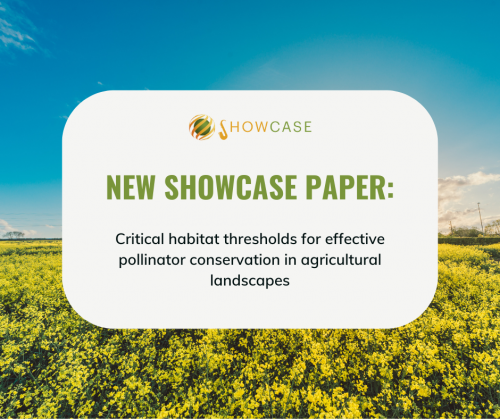This press release was published by AlphaGalileo.
Bees, bumblebees, butterflies, and other pollinators are essential for both ecosystems and agriculture, yet their numbers are declining at an alarming rate. A new study, led by researchers from Wageningen University & Research and published in Science on 25 September 2025, shows that the amount of natural habitat currently available in Europe is not nearly enough to reverse this trend.
Why this matters
Pollinators provide vital ecosystem services, including the pollination of many food crops. Without them, agricultural productivity and food security are at risk. While EU policies, such as the EU Biodiversity Strategy, call for restoring high-diversity landscape features in 10% of farmland, the new research shows this figure is insufficient.
Drawing on 59 studies worldwide, the researchers found that pollinators need between 16% and 37% of agricultural land to be natural habitat in order to thrive.
Quantity and quality both matter
The study highlights that the more natural habitat exists within farmland, the more pollinators can be supported. Flower-rich habitats are particularly beneficial, but the researchers stress that increasing the overall area of natural habitats should be the first priority.
Short-term measures such as wildflower strips along fields can temporarily boost insect numbers, but they are not enough to secure long-term recovery. Sustainable conservation requires large, high-quality, and long-lasting natural habitats integrated into farming landscapes.
A long-term perspective
The findings point to the importance of supporting farmers in creating and maintaining new natural habitats for the long term - 20 to 30 years - so that both biodiversity and farmers can benefit.
Policy relevance
This research directly supports ongoing EU efforts, including the Nature Restoration Regulation, which aims to halt biodiversity loss and restore pollinator populations. Member states are currently designing national action plans, making this study highly relevant for guiding evidence-based policy.
Access the study here.
Read the press release here.
